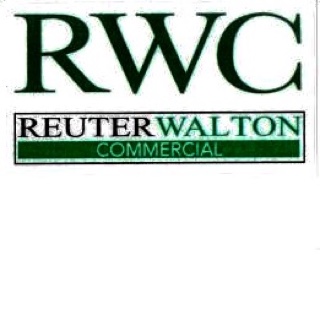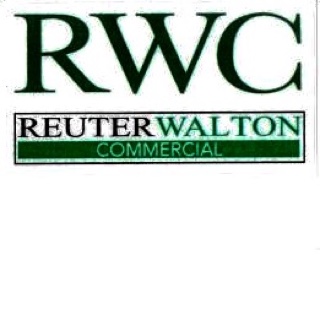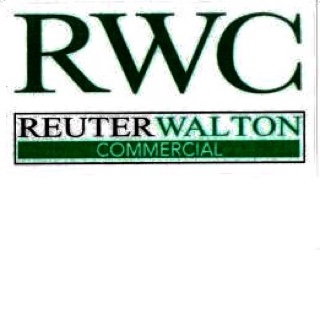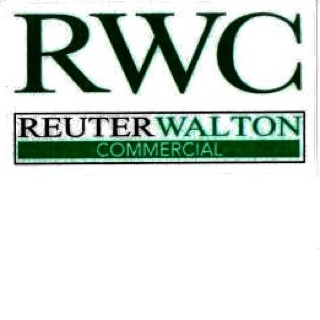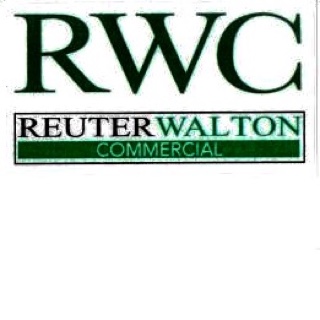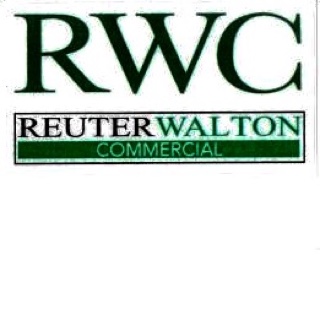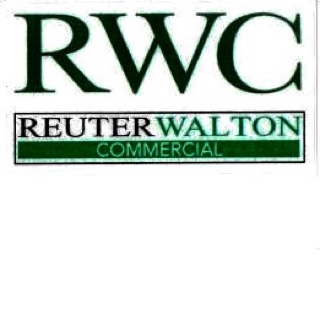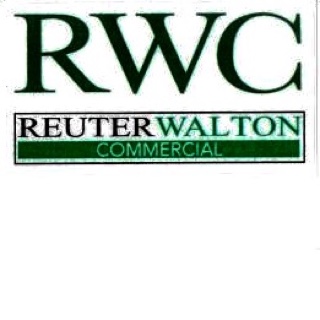Information
-
Document No.
-
Audit Title
-
Client / Site
-
Conducted on
-
Prepared by
-
Location
-
Personnel
1.0 PARTITION CONSTRUCTION
The following items should be considered within double-stud partition construction
-
Stud spacing is installed per contract documents
-
Double stud rows are independent of each other. IE: clear air space exists between opposing rows of studs. No framing, blocking, trade materials shall cross the air space.
-
Fire/draft stopping is installed (where required) and is an approved flexible material such as mineral wool.
-
Batt insulation is installed within each stud cavity in accordance with project documents.
-
Installation of the correct number of layers of gypsum board, and on the correct side of the partition.
-
Maintain a 1/4' - 3/8" gap around the full perimeter of the partition. Fill gap with acoustical sealant. Gaps that exceed 3/8" shall be lapped with gypsum board.
-
At intersections between double-stud partitions and corridor or exterior walls, finish materials on unit side of exterior/corridor wall is continuous past double-stud partition. Airspace between studs is maintained at the intersection.
-
Metal Studs: Stud space and gauging is per project documents
The following items should be observed within single-stud partition construction:
-
Stud spacing is in accordance with project documents.
-
Metal studs: stud gauge is per project documents.
-
Batt insulation installed within each stud cavity is in accordance with project documents
-
Installation of the correct number of layers of gypsum board, and on the correct side of the partition.
-
Maintain a 1/4' - 3/8" gap around the full perimeter of the partition. Fill gap with acoustical sealant. Gaps that exceed 3/8" shall be lapped with gypsum board.
-
At intersections between partitions, finish materials shall not be continuous past the intersection for either partition.
At resilient channel locations:
-
Resilient channel is ClarkDietrich RCSD (no substitutions).
-
Resilient channel is with the flange open upwards (screw installed on the bottom)
-
Channel is installed directly on studs. (channel is not sandwiched between layers of shear and/or gypsum board.
-
A1/4" - 3/8" gap is maintained between channel and surrounding construction at floor/ceiling, wall intersections etc.
-
Gypsum board supported from channels is not rigidly attached to the structure.
-
Any blocking/backing on walls to receive channel has sheet metal installed to the channels.
-
Resilient channel is installed per project documents and no less than 24" on center.
-
All screws attaching resilient sound channel to studs are installed in predrilled holes. (all other screws to be removed)
-
Different colored screws are used where gypsum board is attached to channels.
2.0 FLOOR-CEILING CONSTRUCTION
The following items should be observed in floor/ceiling construction
-
Joist/Truss spacing is installed per project documents.
-
Subfloor is glued and screwed in place per project documents.
-
The correct number of layers and type of gypsum board is installed per project documents.
-
Batt insulation is installed in cavities per project documents.
At resilient channel locations:
-
Resilient channel is ClarkDietrich RCSD (no substitutions).
-
All channels are installed in the same direction in the room.
-
Channel is installed directly to joist/truss and is not sandwiched in the assembly.
-
A 1/4" - 3/8" gap between channels and surrounding construction intersections is maintained.
-
Gypsum board supported from channels shall not have any rigid attachments to structure.
-
Different colored screws are used where gypsum board is attached to channels.
-
Any blocking/backing on walls to receive channel has sheet metal installed to the channels.
-
All screws attaching resilient sound channel to studs are installed in predrilled holes. (all other screws to be removed).
-
Channels are installed with proper spacing per project documents and UL listings.
Resilient sound matting is to be installed in the following manner:
-
It has been verified that gypsum concrete meets project specifications per slump and brass cube tests.
-
No mechanical fasteners have been installed in areas to receive gypcrete/concrete pour.
-
Perimeter isolation is installed and continuous at all vertical obstructions
-
Where perimeter isolation is not used, matting edges are taped to prevent gypcrete/concrete seepage.
-
Gypcrete/Concrete pour is careful to prevent accidental overpour that could lead to short circuiting of the matting.
-
No mechanical fasteners that penetrate the sound mat reach the subfloor
-
Flooring is installed in accordance with manufacturer's instructions. Carpet is installed over pad.
-
Maintain 1/8" gap between top of hard-surface flooring and baseboard.
-
Tile grout and flooring adhesives is not in contact with surrounding walls and/or cabinets.
3.0 SOFFIT INSTALLATION
-
Where soffits are installed at a ceiling with a resilient attachment, soffit framing shall attach to either the ceiling or the wall, not both. If attached to ceiling, support shall be from the resilient element (channel); there shall be no support from ceiling joists/trusses. Maintain a gap between soffit gypsum board and surrounding construction. Fill gaps with acoustical sealant.
4.0 TRADE INSTALLATION
Observe the following for trade installation within any assembly, in accordance with project documents.
-
Verify no trades are installed within or cross the airspace in a double-stud or furred wall.
-
Verify electrical boxes are installed with outlet box pads, where required.
-
Verify outlet box pads fully wrap the box, closing all open knock-outs, penetrations for electrical cabling, etc.
-
Verify outlet boxes are sealed to the gypsum board with acoustical sealant such that light cannot pass through the penetration or box.
-
Observe HVAC unit operation after complete installation to verify there is no unwanted rattle or excess noise.
-
Observe the plumbing and HVAC piping routing through the unit and installation for vibration isolators as specified and clearance at penetrations.
-
Verify there is no incidental contact between vibration-isolating piping and building structure, framing, gypsum board, etc.
-
Verify mechanical, electrical, and plumbing equipment is installed and vibration-isolated in accordance with project documents.
-
Avoid incidental contact between metal ductwork and elements that may rattle.
-
Verify equipment vibration isolation is fully adjusted after systems are filled/energized and functioning properly.
5.0 VERTICAL TRANSPORTATION
-
Verify trash chutes are installed on vibration isolators and that trash chute and frame are free from structure.
-
Verify trash chute has damping compound applied on the outside of the chute.
-
Verify door closers and quiet latching mechanisms are installed and adjusted properly.
-
Verify elevator machinery is installed and vibration isolated in accordance with manufacturer instructions and project documents.
6.0 SPECIAL SYSTEMS
-
Verify any specialty systems are installed in accordance with manufacturer's instructions. (IE: outdoor deck isolation, fitness room mitigation, impact isolation etc.)
-
Verify parking control systems are operating properly to avoid unwanted noise transmission into occupied areas.
7.0 GENERAL
-
Verify acoustical seals are installed around full perimeter of unit entry doors, HVAC closets, and as otherwise specified in project documents.
-
Any deficiencies noted in the checklist are noted, they will be repaired and photographed for future reference.
-
Any gaps/holes in acoustically rated assemblies shall be filled with acoustical sealant (Up to 3/8" size) or lapped with gypsum board, then filled with acoustical sealant.
-
Verify screw spacing is in accordance with UL listing.
-
Verify installed exterior windows/doors meet project requirements.
-
Trim shall not compromise effectiveness of resilient channels, matting, etc. Maintain a gap between floor or ceiling and all trim pieces.
-
A minimum of 5 photos will be submitted with this audit.






